7 Ways to Subtly Add to Your Homepage Word Count

From the time the first search engine results page (SERP) began ranking webpages, there has been a long-running debate regarding the most critical ranking factors.
Over the years, the indicators of what brought a website to page one have changed, along with Google’s algorithm. Still, some factors seem to be consistently up for debate. One particularly vexing component is the number of words needed for a page one ranking.
In this post, you’ll learn what the ideal homepage word count is, and tips to increase your word count for better SEO results.
What is the Ideal Word Count?
A hotly contested question, the answer is not as simple as everyone would hope. Because Google does not reveal a specific number or range of numbers, taking a look at the word count of the top-ranking websites is advisable.
When looking at the word count of the top-ranking webpages, it is easy to spot a trend. Approximately 90% of sites that are on page one of the SERPs have a word count that is over 1,200.
Examining the trend in the number of words in top-ranking pages, a recent study showed that the average word count of Google’s top websites was 1,447 words.
Should You Aim for 1,500 Words to Rank Well?
On the surface, that idea makes a bit of sense. However, the quality of your content is far more significant than meeting a word count. John Mueller, Google’s Webmaster Trends Analyst, recently explained that the number of words on your page would not guarantee you a page one ranking.
Remember, no matter how you add content to your website, be certain you are posting useful information and not relying on fluff that pads a word count. This is especially important with Google’s Page Experience Update rolling out in 2021.
Fortunately, you can increase your word count with pertinent information your customers will enjoy. By taking useful data and creating smaller content containers, you expand your site’s quality information. Additionally, smaller segments of content are frequently easier for visitors to digest.
Consider one or more of these seven tactics to improve the value of what your site offers.
1. Blog Feed
Not long ago, blogging was something mums and millennials did to express themselves, showcase their talents, and maybe make a few bucks in the process.
Recently, adding a blog to your website became essential for your SEO. Now, mechanics, veterinarians, and landscapers (along with every conceivable profession) are using blogs to help their customers and their SERP standing.
Google sees your blog as a way to add value for your site visitors. Additionally, those visiting your site find your blog posts helpful and appreciate the additional information your blog offers.
For example, this website showcases new recipes on their blog:
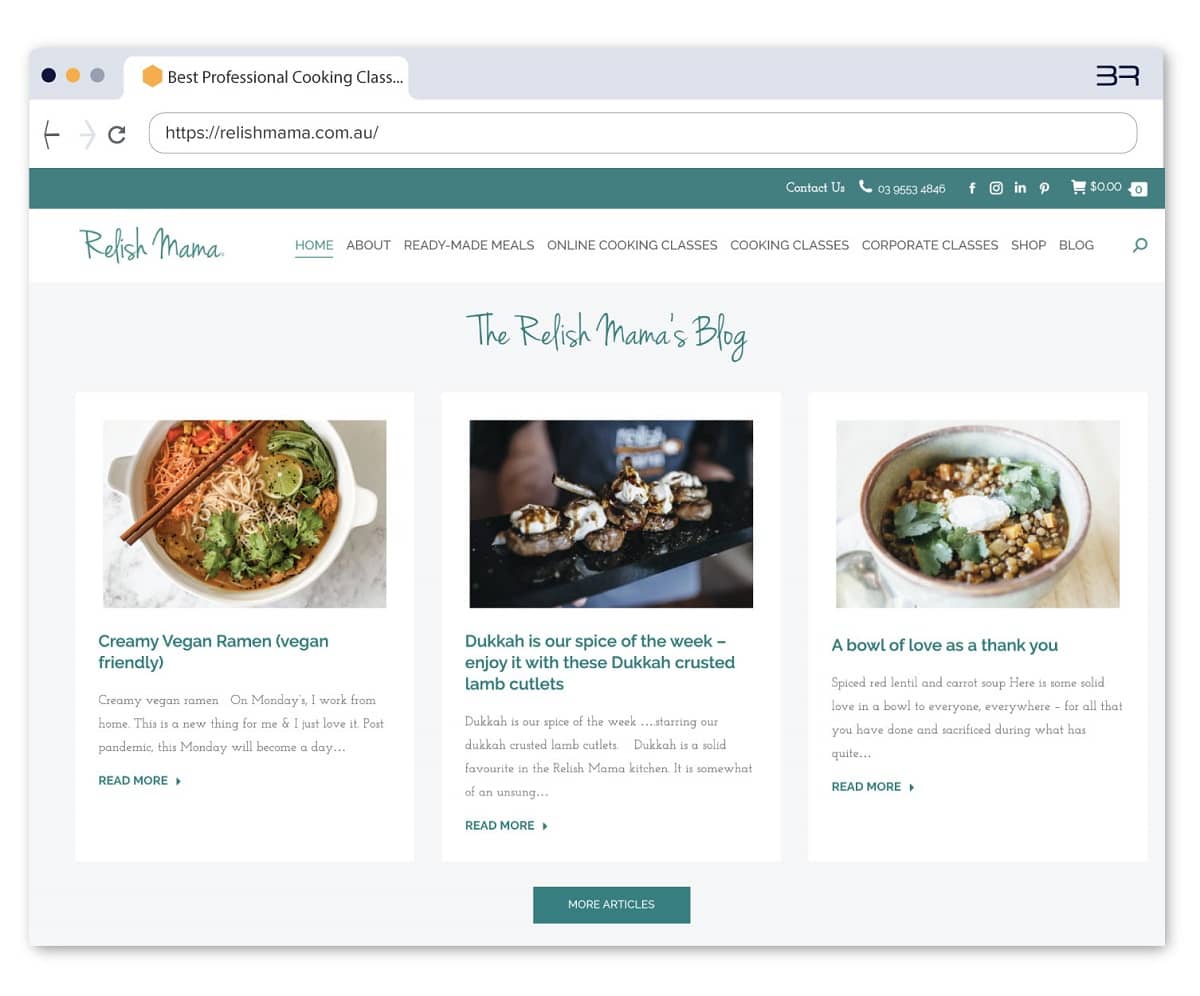
By adding a blog feed, you’ll increase the word count and provide fresh content for your users.
Keeping a relevant blog on your site offers other benefits beyond extending word count. These include:
- Drive traffic to your site
- Promote charitable causes
- Establish yourself as an authority within your niche
- Promote yourself as a positive employer with ethical business practices
- Give customers a closer look you, your products, and your employees
- Promote new products or services
2. Meet the Team Section
Whether you call it ‘meet the team,’ ‘get to know us,’ or ‘about us,’ adding a content compartment that introduces you and your coworkers is an excellent way to add to your word count.
A successfully built about us section will be informative and offer a general sense of those working in your company. You can work with images and short text blurbs about each team member, or you can step out side of the box.
Here is an example of a well-executed meet the team section. Not only does this increase the number of words on the page, but it improves E-A-T signals as well.
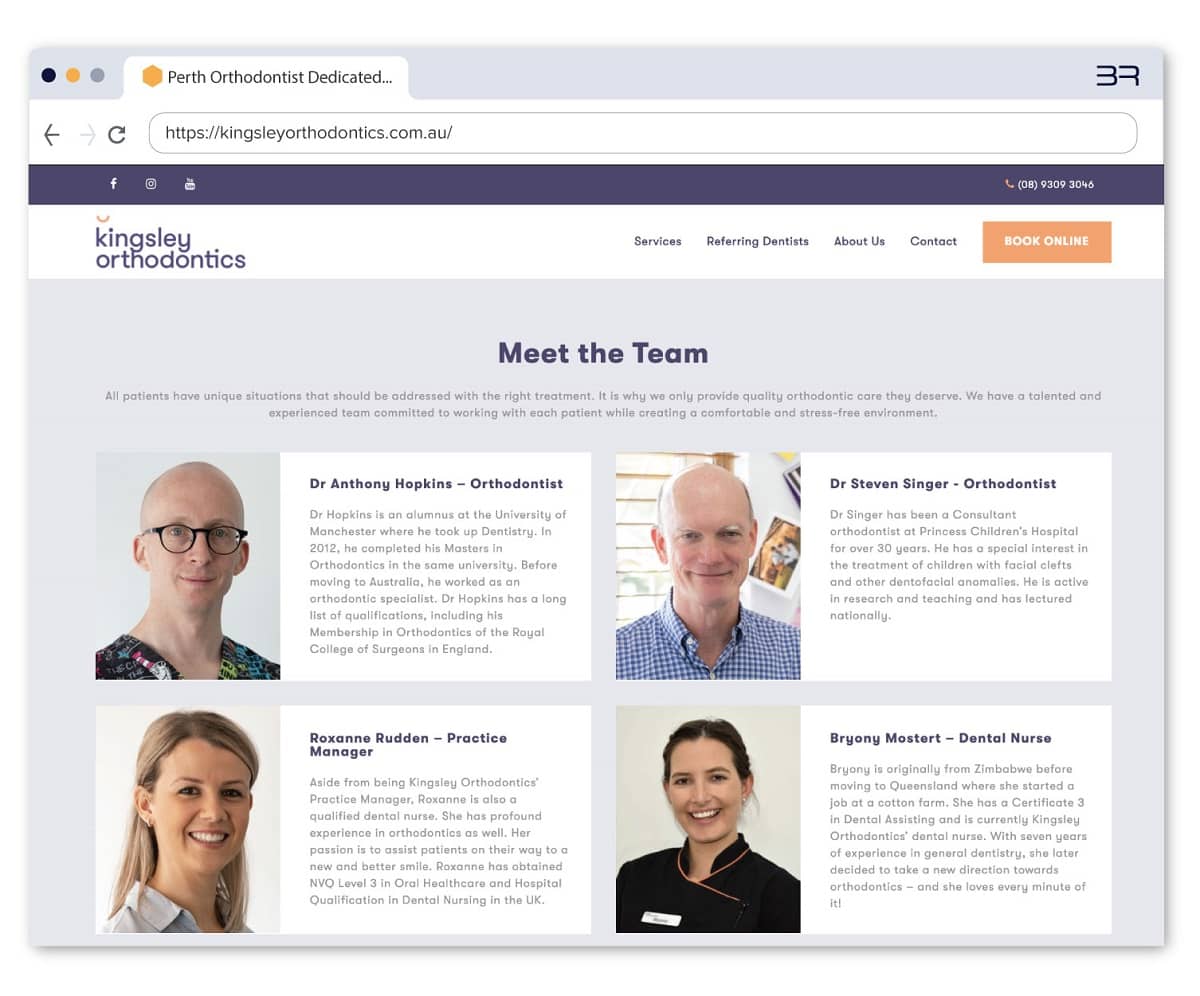
A meet the team section increases the number of words, and builds trust with customers (and Google).
Consumers are more likely to do business with individuals who come across as skilled, genuine, and trustworthy people. Add a segment to show your potential customers who you are and why you are right for the job.
3. Top Services or Products
It is safe to believe that not every visitor to your webpage knows all about your products or services. When you offer a content compartment that highlights services or products that are popular, you give your customers a direction (and dramatically improve conversion rates).
In this example, the most popular services are highlighted with clever imagery.
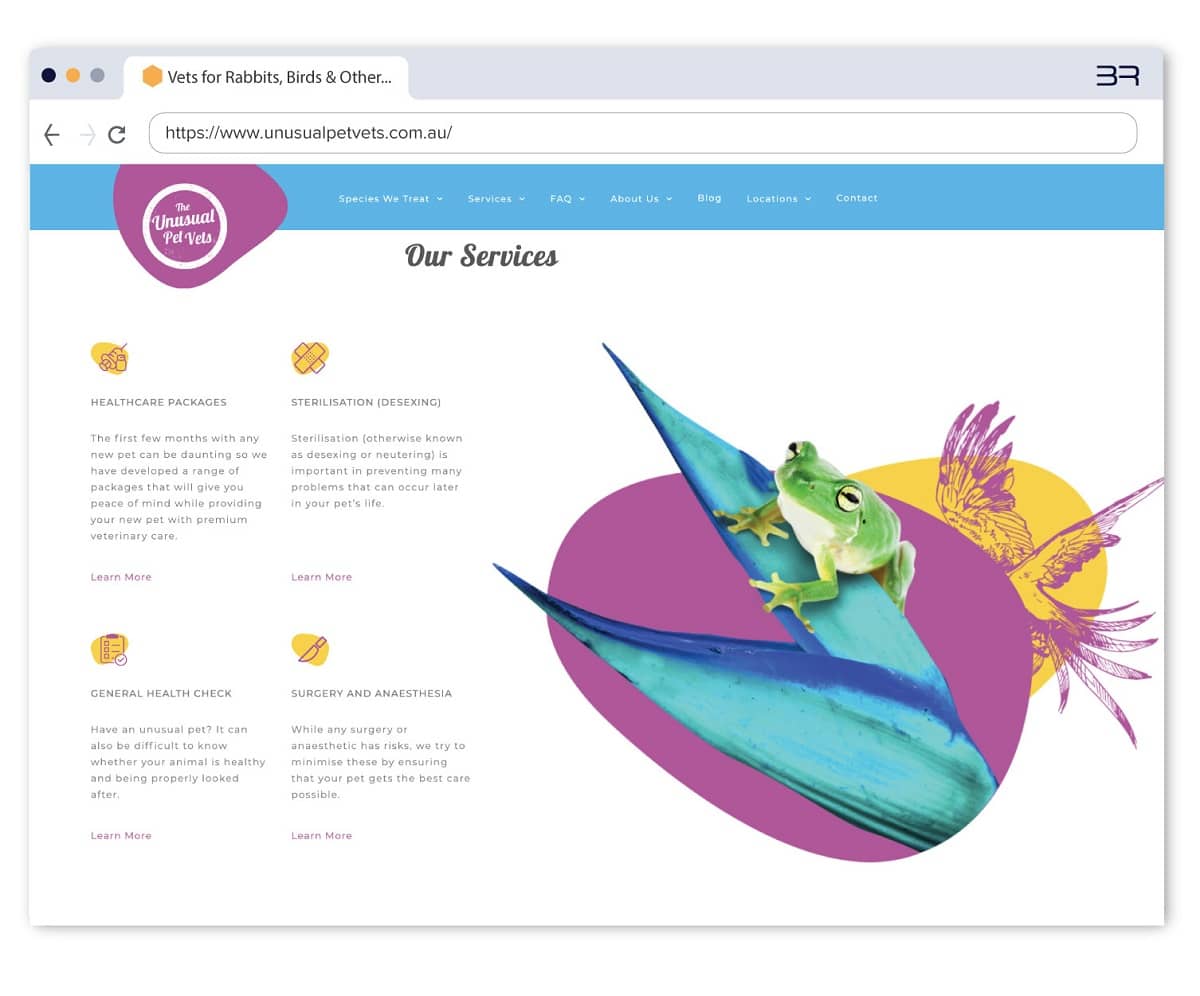
By displaying popular services or products, you’re able to funnel customers to specific parts of your website.
4. FAQs
Your website can benefit from a FAQs (Frequently Asked Questions) page in several ways:
- You can meet your customer’s needs immediately. Imagine trying to find information about whether a dog boarder permits items from home. There is no need for scanning the webpage, sending off an email, or calling the facility. With a FAQs page, a customer can find their answer right away. The FAQs page also prevents visitors from wandering away from your page to visit your competition.
- The amount of time you spend creating a FAQs page will save you time in the long run. If one visitor has a question, others will likely want to know answers to the same or similar questions.
- A FAQs page shows Google that you are interested in helping your customers and that your site contains valuable content.
Tip: By adding FAQs schema, you’re able to take up more prime real estate in Google’s SERPs and increase click through rates.
An efficient way to create your FAQs page is to record the questions you receive and group them into specific categories. Alternatively, you can focus on a few core questions, as this finance company has done:
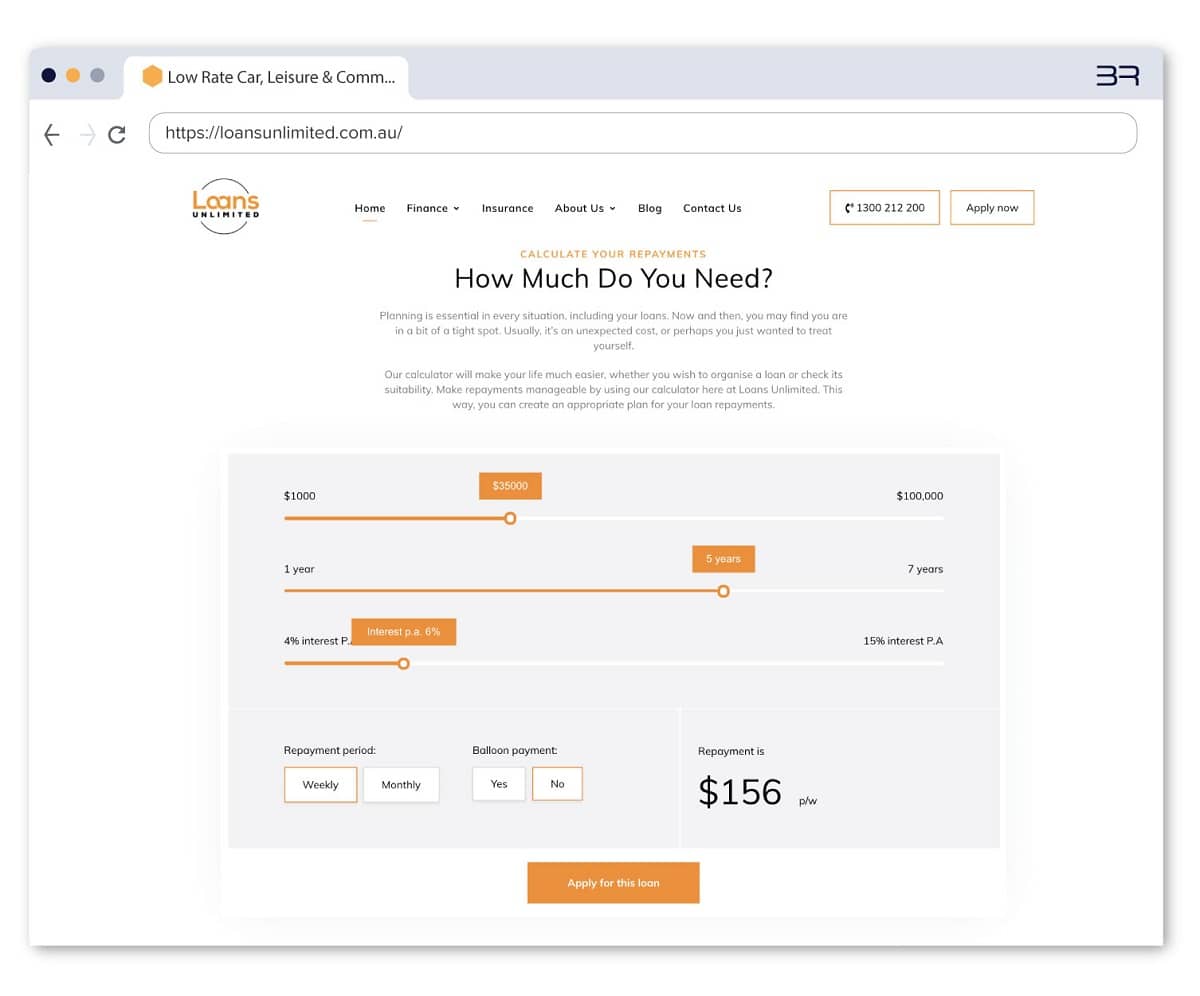
FAQs not only increase the amount of content, but save you time on repeated customer service enquiries.
5. Customer Testimonials
When you add a section of customer testimonials, you allow all of your potential customers to have an unbiased account of how well the company executed their job.
Consider this example. You plan an anniversary dinner for your mum and dad. Every catering service you see will use superlatives to describe their offerings and post sumptuous images of delightful food.
How can you choose the best caterer? Take a few moments and read the testimonials. When someone takes the time to post about a service or product, you can be sure they had a memorable experience, either positive or negative. So, a caterer who receives glowing customer testimonials has the edge over those who have no customer feedback or poor feedback.
If you are wondering how to get testimonials to share on your webpage, ask satisfied customers if they would give you some feedback that you can share.
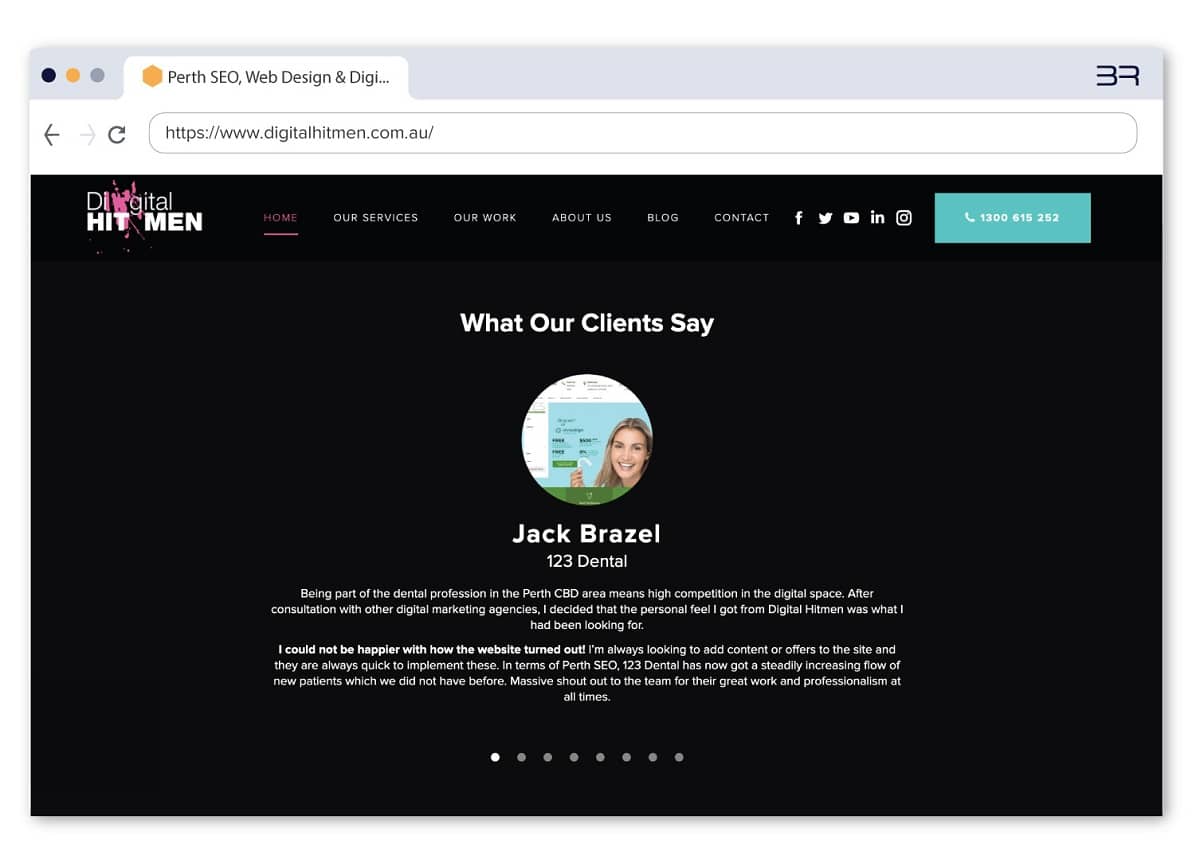
Customer testimonials are an easy way to add content and boost conversions on your website.
6. Why Shop With Us Section
While this may seem similar to the customer testimonial content compartment, the why shop with us is information coming from your point of view.
Posting a section that explains why you are a cut above your competitors is a smart way to educate consumers. You may opt to give the piece a different title such as ‘what sets us apart’ or ‘how are we different.’ Essentially, you are telling visitors what makes you unique and the best option to meet their needs.
Here’s an example of one of my clients, a local Perth-based pool paint company. Their product is backed by years of research and generally regarded as the best in the industry. Therefore, we’ve made sure to convey their unique selling proposition to potential customers.
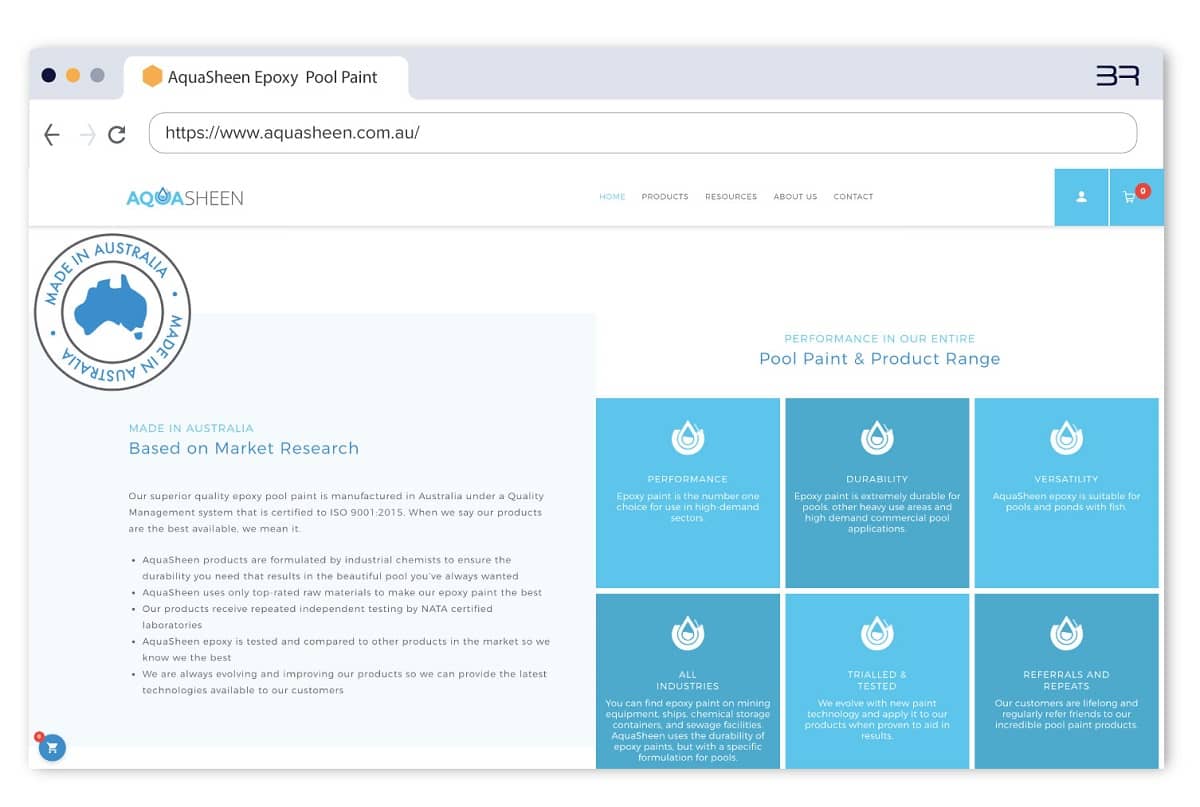
Add a why shop with us section to your homepage for a more SEO-friendly word count.
7. Case Studies
When you want to share in-depth information with your site visitors, posting a case study is an ideal method. As the name suggests, the case study pulls back the curtain on your process and the outcomes of facets of you services.
For example, if you are considering hiring a marketing expert who specialises in SEO and digital marketing (hint hint), you will want to know their track record and some of their professional accomplishments. By reading one or more case studies, you will see the service other customers received as well as the results.

Case studies like this showcase my SEO skills, and boost the amount of homepage content.
Above All, Focus On Quality Content
These methods will help you easily increase your homepage word count for better SEO results.
Just remember, you should post content that is meaningful and adds value. Focus on your customers first, and search engines second.


